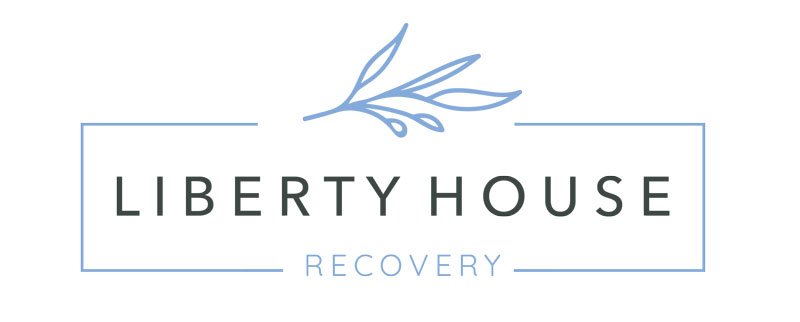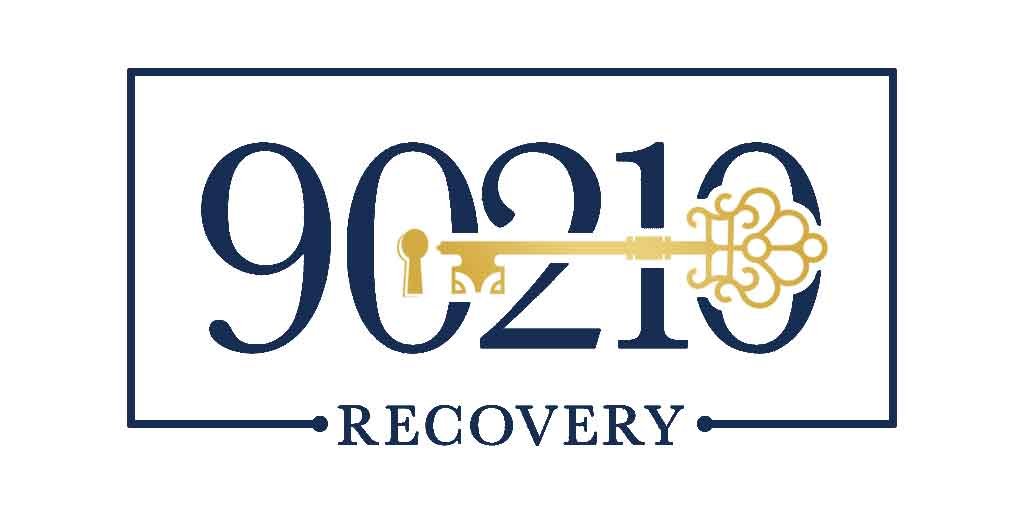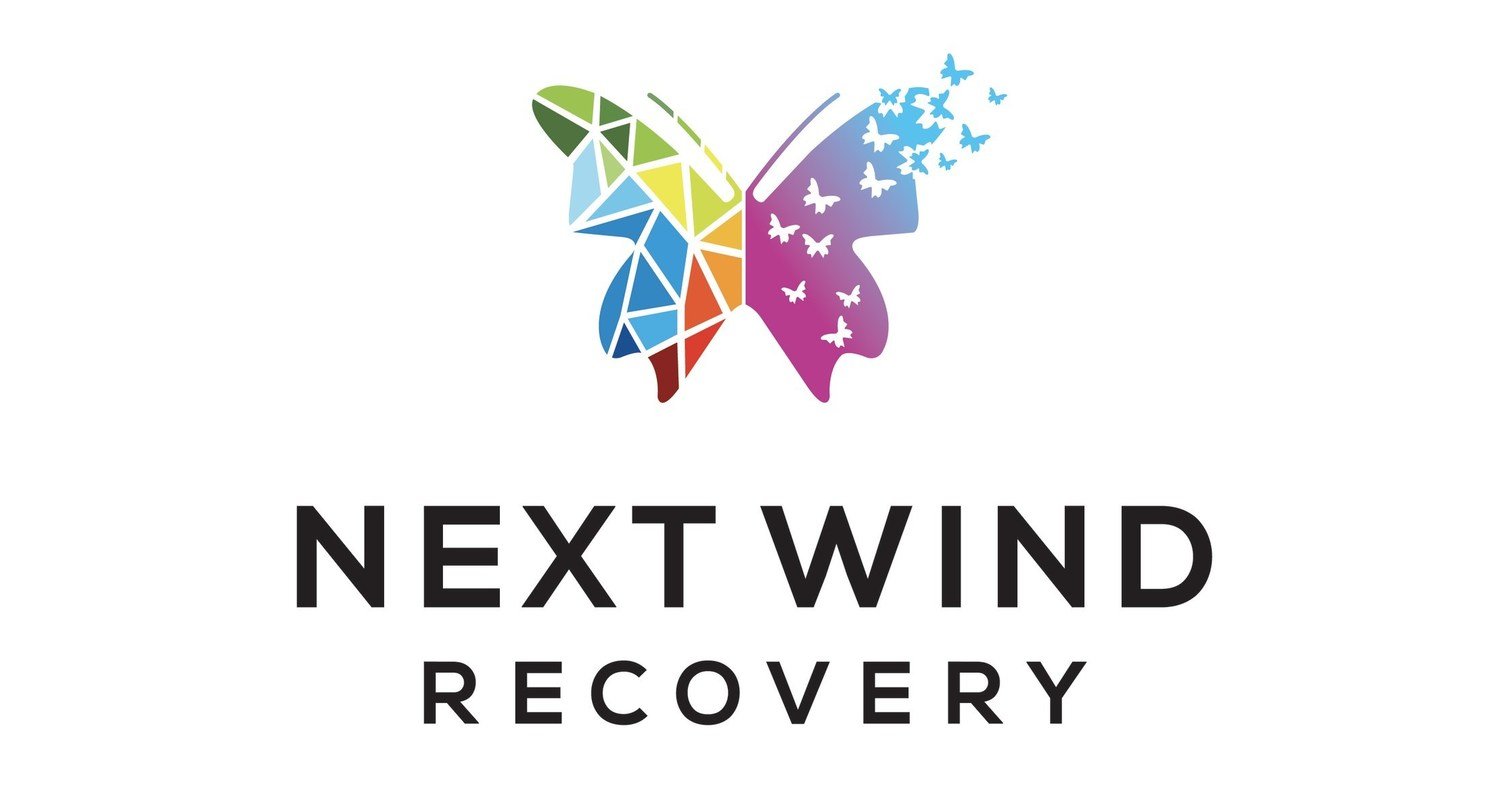So, now you have the foundation for what we are going to talk about next, which is using these two strategies to drive short and long term results.
PPC is a plug and play option, meaning, you can be on the first page of Google within 30 minutes, if you would like. The Drug Rehab Agency uses PPC as a bridge to help the client see some return while SEO strategies take effect.
The Mistakes Drug Rehabs Make in PPC
Most of our clients have used PPC before working with us. Either they have done it themselves, or have hired another firm to manage it for them. Now, it is important to note that PPC can be run by the site owner successfully, or there are a lot of quality agencies out there that can manage it. The issues are:
1) Do you know how to manage AdWords for the lowest CPC?
2) Do those agencies understand the treatment industry?
Here are the mistakes we see people make most often:
1) No Geo-targeting – If you are lucky enough to gain qualified leads nationwide, congratulations. National campaigns are not easily done. The reason? These national terms are the most expensive, and you are competing with those huge firms we talked about earlier.
2) Set it and Forget it – Look, even I bought that infomercial product at 3:00am. But this is not cooking a pot roast; this is spending large dollars to increase your business’s bottom line. So, you have to carefully track of what you are spending and when.
3) Lack of Optimization – This piggybacks off of the “set it and forget it” issue. Most people who are new to AdWords see traffic coming to the site, but do nothing after that. Obviously, driving site traffic is key to the success of your site, but if it doesn't convert, you just spent $40 on a meet and greet with no results. You must monitor which keywords send what type of traffic. Start broad, and then narrow it down based on their actions on the site.
EXAMPLE: The term “Drug Rehab” will send a lot of traffic to you, with of course, a large cost. But that traffic bounces and doesn't convert. Where as a search term like “Alcohol addiction treatment Phoenix” sends less traffic, but your conversion rate is 5%. Which of these would you want to spend money on? If you answered “Drug Rehab,” please call us, we can help you with your AdWords confusion.
SEO – The Bad and Ugly (Good is Soon)
SEO is the core of our business. We have been working in SEO since 2006 and have seen the game change. Unfortunately, we've watched clients make mistakes without us. Then they call us for help and have to increase their monthly cost because of the cleanup we need to do. SEO is constantly evolving. We're the experts, so it's our job to stay abreast of the changes; it's your job to do what you do best: help people.
Here is the short list of the mistakes we see most:
1) On-Page Optimization – As I said before, Google uses an algorithm to rank your site. This algorithm analyzes how relevant a page is for the given search term. So, if you don’t have the term on your page, then you most likely won’t rank well. You should work to use the keywords for each page in the body content, but also the Title Tag, and H1 and H2 tags.
2) Over Optimization – Okay, I just said use the keyword in your page copy and Meta Data. But, everything in moderation (except leads). We see more and more companies coming to us with overly optimized page copy that doesn't read well. It’s obvious that it was written for the search engines, not the user. This is a violation of Google’s guidelines, and you will actually fall in rankings with this strategy. Remember, you are writing to your user, not Google. Keywords must be integrated naturally into the content, which is easily achieved if you have an expert content strategy in place.
3) Patience – When it comes to SEO, you have to understand that it takes time. This is the biggest mistake people make. They want to see instant results from SEO. That is not possible, if done correctly. You can have quick increases or long term success. You can’t have both. So, estimate that you won’t see much for about three months from SEO. You have to make the edits to the pages, and give Google time to see those changes. Getting links to your site to show Google you are the best site for keywords take a lot of work and time. So, when you don’t see first page rankings and huge SEO traffic in analytics in the first two months, don’t stop. Keep going! You will get there. We tell all of our clients that it takes three to five months to see a real increase in rankings and traffic.
Playing Well In the Sandbox
Okay, so now you know if you are doing anything that is bad. We have shown you the ugly. So…what is the good you ask? Well there is a solution to this problem. Become a client…
Kidding (well kind of).
The best way to use these two highly valuable resources is to use them together, and slowly pull away from what is costing you the most: Paid Search.
You have made the decision to use the internet for your treatment facility. It’s time to fill the beds and build a brand. So you begin with SEO. Build out a strategy using keywords, allocating keywords and building pages to address each search term group. This is step one.
You then want to use those keywords within Google AdWords, focusing on the pages you have built for each page. Whatever Google suggests as a Cost Per Click, bid 50%. Again, AdWords is all about optimization and daily management at first. So, track this cost. Play with it. Move it up, move it down and see the results. Then repeat. Boom! On to step two.
Now that you have your strategy in place for both SEO and PPC, its time to get started.
Turn on your PPC campaigns and start your outreach for links. Again, LOOK AT YOUR PPC AS MUCH AS POSSIBLE. We can’t stress that enough. Make sure what you are paying for is at least driving quality traffic. If it isn’t, turn that section off.
Now we wait. Continue to use AdWords and optimize. As you see your organic rankings increase for terms, you should see an increase in your ranking within Google. As you see this happening, you can lower your daily budget within AdWords for those pages. Slowly do this, you don’t want to cut it out completely and lose leads. When a page comes to rank in the top three, cut your budget in AdWords in half for that page. Your hard work has paid off, and SEO is giving you organic, free traffic! If you are good enough to rank in the first position, turn off AdWords for that URL, and see what happens. If you don’t lose conversions, then you can eliminate that line item in your budget. If you do drop in conversions, turn it back on at 25% of the original spend. Again, optimization takes time to get right, so play with it a bit and see what happens.
Take Away
Both PPC and SEO are very important in any online marketing strategy. Organic traffic accounts for more than 80% of most sites' traffic, so focus as much time as you can there. Organic is the long term play. Once you rank highly in Google organic, you can cut down your effort on that page. Just maintain and move to the next URL.
This article covers a lot of information, and I didn't explain all in great detail. This will come later. Please keep checking us out for more information on SEO, PPC and Content Marketing.
If you don’t have the time to learn online marketing, or want to do it right the first time, contact us by phone or by filling out the form. We are more than happy to speak with you about working together to generate leads for your company online.














